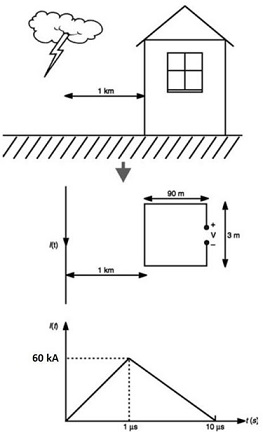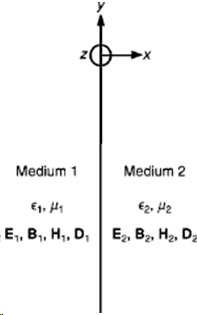Reference no: EM132875187
QUESTION 1: Standards

(a) A digital product is being tested for compliance to CISPR 22 Class A requirements. The receiving antenna is placed a distance of 30 m away and is attached to a 50 V receiver with a 100 ft length of 50 Ω cable that has a loss of 10 dB/100 ft at 300 MHz as shown in Figure 1 above. If the receiver indicates a level of -64.5 dBm at 300 MHz, and the antenna provides 4 V at its base for every 1 V/m of electric field incident on it determine whether the product passes or fails and by how much.
(b) List the information required on a Declaration of Conformity.
(c) FCC and the CISPR have classified products into class A and Class B.
(i) Explicit the terms FCC and CISPR?
(ii) Which local organization would be equivalent to the FCC?
(iii) What sorts of products are classified under Class A and Class B?
(d) Classify the following products within Class A or Class B digital device with regard
to the regulatory tests that they must comply with a:
(i) network server
(ii) $5000 U.S. high-speed, high-capacity laser printer
(iii) tablet PC
(iv) 3G smart phone
(v) Wireless Access Point
(e) Distinguish between harmonized and non-harmonized standards.
QUESTION 2: Lightning
(a) Explain the mechanism that gives rise to an electric thunder (lightning).
(b) State and justify scientifically 5 precautions that you would advise the population during an electric thunder storm.
(c) Lightning is particularly detrimental to electronic devices even if those devices do not receive a direct hit. For example, a lightning bolt can be considered as a channel of current, as shown in Fig. 2. Consider modelling the effect of a typical lightning bolt on household wiring. Assume that the lightning channel rises linearly to a peak level of 60 kA in 1µs and then decays linearly to zero at 10 µs as shown in Fig. 2. Also assume that the house power wiring has the two wires routed around the floor and the ceiling.
Determine the induced voltage at the power input to a digital computer that is connected to the power net for a lightning channel 1 km away.

QUESTION 3: Shielding Effectiveness
(a) A typical personal computer having a metallic enclosure has "penetrations" that allow signals from the inside to pass to the outside, avoiding the shielding of the metallic enclosure. Do you believe a 3G smartphone is better as far as EMC is concerned? Justify your answer with two real life examples.
(b) Discuss shielding aspects of a typical paint can that has a press-on lid, a zinc coating, and a tin metal can.
(c) Model the shield on a 2-m personal computer printer cable as a monopole antenna with the metallic structure of the computer as the ground plane and estimate the maximum radiated emissions at a measurement distance of 5 m if the voltage of the shield attachment point with respect to the metallic structure is a 1-mV, 37.5-MHz signal.
(d) Compute the reflection loss and absorption loss for a 0.508 mm steel (SAE 1045) barrier at 30 MHz, 100 MHz and 1 GHz, assuming a far-field source. What can you conclude?
QUESTION 4: Boundary Conditions

An interface between two media lies in the yz plane at x = 0 as shown in Figure4. If the magnetic flux density vector in medium 1 at the interface x =0 is given by, determine the magnetic flux density vector in the second medium just across the boundary.

(b) State the assumption for continuity of electric and magnetic fields components at the interface of two media.
(c) Express the wave impedance in free space in terms of its permittivity and permeability? Compute the value of the wave impedance in free space in Ohms.
(d) Describe the physical interpretation of Faraday's law and Ampere's law.
(e) Explain the term displacement current in Maxwell's equation.
(f) Describe how electric fields and magnetic fields are correlated for time variant fields.